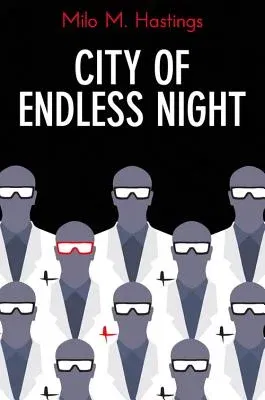A fascinating and disturbing dystopian vision from a neglected sci-fi
master, imagining an all too terrifying alternate ending to World War I
and its implications for the human race
The year is 2041. Since the end of WWI, Berlin has been an enormous
subterranean city, home to 300 million citizens who have never seen the
sun, and presided over by the autocratic Hohenzollern dynasty. Every
aspect of life is regimented; from controlled rations that are issued on
the basis of work-for-food, to a press that works exclusively under the
auspices of the Information Service. Christianity has been abolished and
all breeding is carried out on the basis of strict eugenic principles.
Lyman De Forrest, an American chemist, discovers a way of neutralizing
Berlin's defenses and, assuming the identity of a dead German man,
enters the city to discover its hidden truths. The first outsider for
decades to enter the forbidden metropolis, he is horrified to find a
society where women are kept in isolation for breeding or the pleasuring
of high status men. Can De Forrest escape this living tomb? Published
shortly after the end of WWI, this tremendous example of early dystopian
science fiction is thought to have been the inspiration behind Fritz
Lang's Metropolis.

